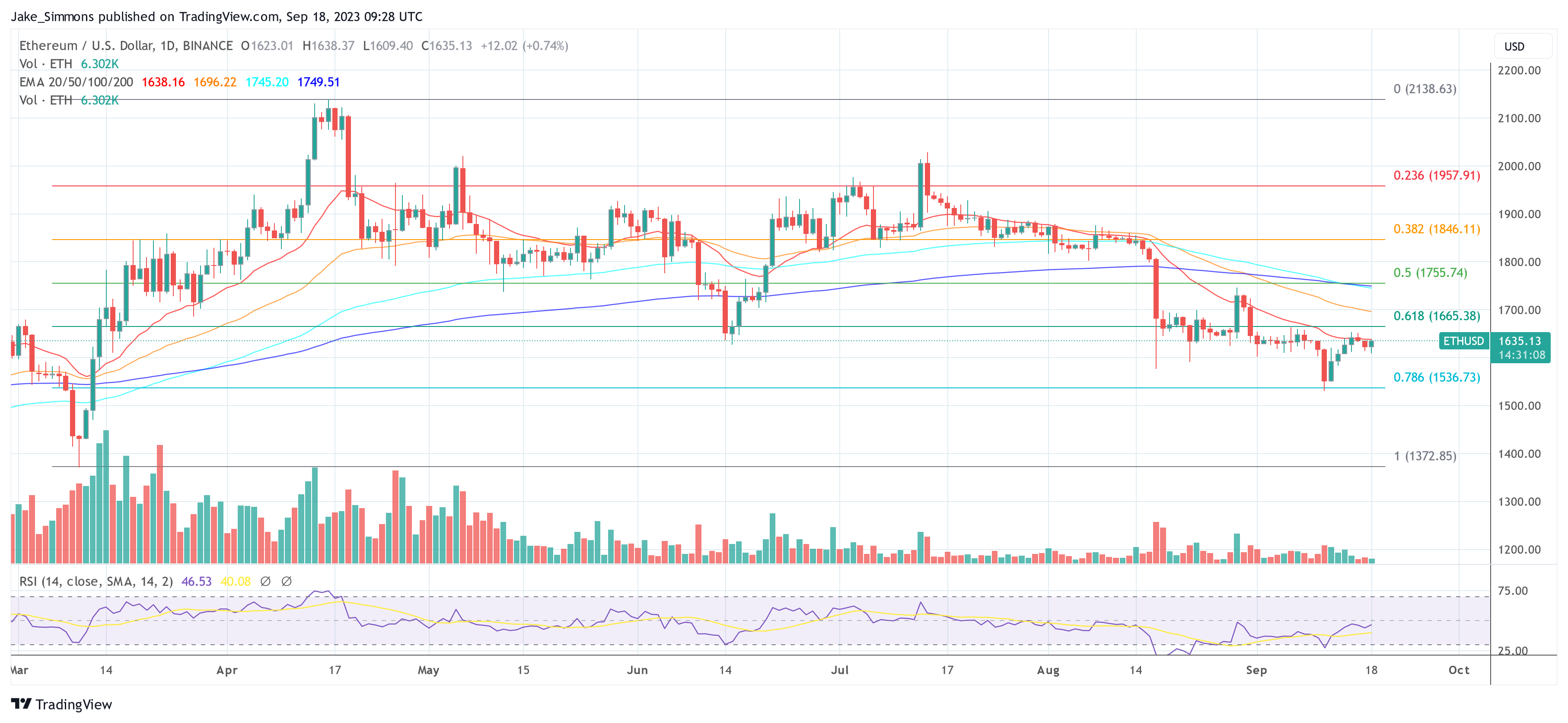Steven Nerayoff, an active participant in Ethereum’s (ETH) Initial Coin Offering (ICO), who is believed to know where the “bodies are buried,” has made further revelations in the ongoing ETH Gate saga, which boils on whether or not the US Securities and Exchange Commission (SEC) gave Ethereum a ‘regulatory free pass.’
Lubin’s Piece Of Paper Appears In ETH Gate
After being pressured by a member of the XRP community to release the dirt that he claims to have, Nerayoff released a follow-up tweet that contained transcripts from an email that Ethereum’s co-founder Joseph Lubin sent to him personally on July 21, 2014. Lubin (whom Nerayoff now also refers to as #CrookedElbowJoe) also copied Fry, Bertrand, Vitalik Buterin, and Jeffrey Alberts in the mail.
In the mail, Fry, Bertrand (there is an assumption that ‘Fry, Bertrand’ is one person rather than separate individuals) stated that the “opinion letter” was being put on a letterhead and would be forwarded to Lubin after.
Following the revelation of this mail, a video clip surfaced where pro-XRP legal expert John Deaton gave his opinion on the mail. In the clip, Deaton suggested that the ‘opinion paper’ mentioned in the mail was the same one Lubin had referred to when he said he had a “piece of paper” in his pocket before the ETH ICO. Deaton also stated that Nerayoff got that piece of paper in Lubin’s pocket and that this series of events was extremely significant.
It is worth mentioning that Deaton might already have first-hand information as to what might have transpired between the SEC and Ethereum and how deep the irregularities run, as he has already been in communication with Nerayoff (under the Attorney-Client privilege communication). This is something that he revealed during his “announcement” last week.
In an earlier tweet, Nerayaoff had also suggested that the ETH Gate was beyond just former SEC Director William Hinman’s speech, where he stated that Ethereum wasn’t a security. He said, “They’re hiding more than the motives behind the speech by #DirtyHinman.” He also used the hashtags #CryptoJudas (what he refers to Vitalik as) and #CrookedElbowJoe (Joseph Lubin).
What Is This Lubin’s Piece Of Paper?
Attorney Bill Morgan seemed to suggest that Nerayoff was indicating that Jeffrey Alberts and Fry Bertrand (who co-authored the piece ‘Is Bitcoin A Security?’ in 2015) were the same persons who wrote the opinion letter (which Deaton suggested was the same piece of paper Lubin spoke about before the ETH ICO).
If so, he could be driving at the fact that Alberts and Bertrand (who happen to be lawyers) may have written this opinion letter to convince the SEC that Ethereum wasn’t a security before the ICO.
Meanwhile, Nerayoff reposted a tweet which had a similar theory. In the tweet, the X (formerly Twitter) user highlighted a part in Alberts’ bio where he was said to have “helped structure the initial public sale of ether.”
The bio alluded to the fact that the SEC had concluded that Bitcoin and Ether weren’t securities, adopting the “legal interpretation Alberts had articulated years ago.”
The user also noted the relationship between Alberts and Marc Berger (who charged Ripple) as they worked together at the Manhattan US Attorney Office’s securities and commodities fraud task force. Marc Berger is said to be working with Bill Hinman now.
